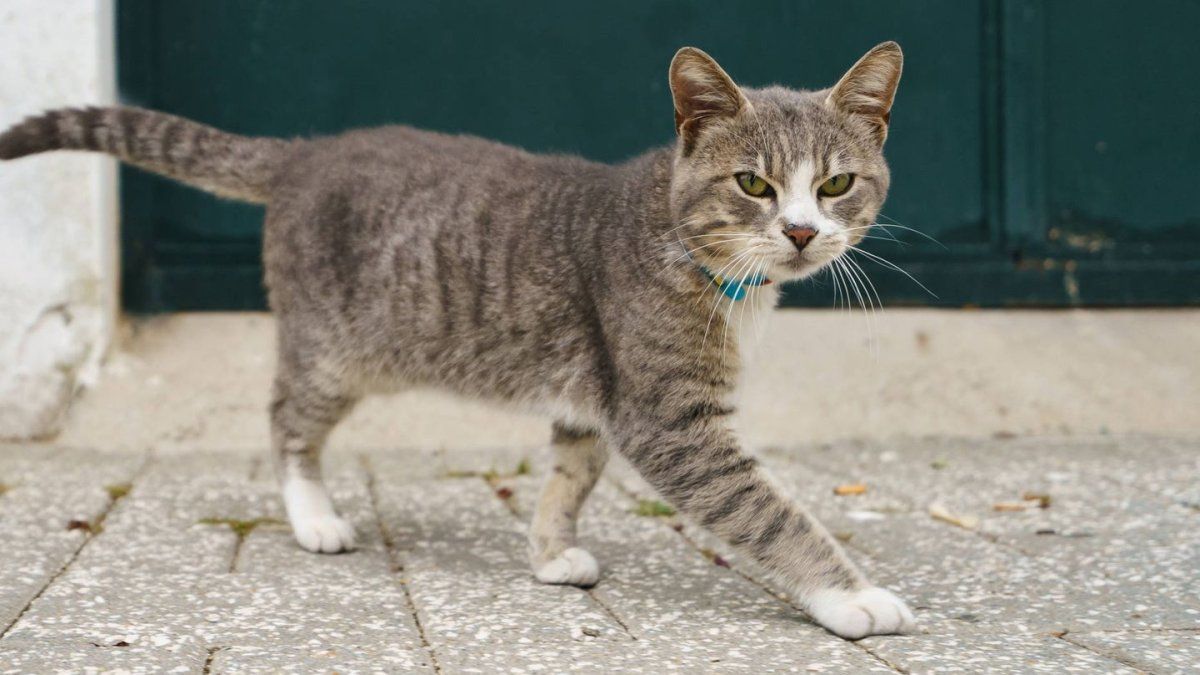Fake dollar bills do not stop circulating on the streets of Argentina, so you must be very attentive if you carry out any purchase and sale transaction. To avoid being scammed and losing thousands of pesos, it is important that you know how to recognize fake bills.
In this sense, the United States government created a anti fraud application: This is Cash Assist, an application available for iOS and Android systems that allows you to identify fraudulent dollars.
Argentines, faced with repeated devaluations and the increase in inflation, choose to save in dollars so as not to lose purchasing power. Therefore, it is important that you keep in mind that there are counterfeit bills that circulate every day and that can give you a severe headache.
The foreign currency note that is worth a lot
How to detect fake dollars.
How to tell if a dollar bill is fake
Most counterfeiters do not take the time to clone bills or duplicate them, but instead generate new units and items due to the large amount they have to make to make it profitable, this makes it possible to check their authenticity easily.
The serial number is a key characteristic to detect a counterfeit dollar, so if you use “Cash Assist” you can load this indicator on your cell phone and easily determine if the bill is legal tender in the US or is fake.
In addition to verifying the number using an app, it is essential that the numbers are spaced correctly and follow the proper style. On counterfeit bills, the color of the serial number often differs from the tone of the Treasury seal and tends to be of inferior quality.
Touching them is essential to feel the paper
First of all, to detect that the 100 and 20 dollar bills or some other denomination are counterfeit, touch is recommended as a first resort. Touch is used by tellers in exchange offices and banks, since the texture of the counterfeit bill is coarser than the genuine one. Counterfeit bills have a kind of wax to the touch, while the genuine one is thinner but not oily.
Look at the green color and make sure they are not discolored
According to Buenos Aires notaries, another unmistakable characteristic of a forgery is the color. Authentic banknotes have pale, bright color combinations that are very difficult to copy. The recommendation is to compare the colors with a genuine bill.
In general, the color of the paper on the counterfeit dollar is very light, while on the genuine one it is amber (between a beige and a white tone). It also presents bright tones and contrasts.
Look at the portrait on the bill
The genuine portrait appears “alive” and is well distinguished from the background. The fake one has less detail and the edges blend into the background.
Pay attention to the edge of the bill
The fine lines on the edge of an original bill are clear and united. In a fake one, the lines are generally diffuse and cannot be distinguished correctly.
View serial number
Genuine serial numbers have a distinctive style and are perfectly spaced. They are printed with the same ink as the Treasury seal. On a counterfeit bill, the serial number differs in color and detail from the Treasury seal. They are also not well spaced and/or aligned.
Apply the rubbing technique
Folding the bill with the index finger on the part where there is a drawing and color, rub it on a paper (preferably white) which will leave a dark green mark, but it will not be scratched on the part that was rubbed, because if it is Thus, the evidence indicates that it is a counterfeit bill.
After another purchase, the Central already adds more than US$ 500 million in the month
Reserves After another purchase, the Central already adds more than US$ 500 million in the month
Identify the watermark or “Water Drop”
This is one of the oldest security methods. Differences in thickness in the paper create dark and light areas, which generate a backlit image. They are imitated with greasy, wax or yellow ink impressions.
The fake 100 dollars feature the figure of Franklin in a very obvious way that can be seen with the naked eye, which is not the case on the real bills.
Segmented security thread
Parts of the filament appear on the front of the bill as silver segments. Counterfeiters imitate them by printing the segments with silver metallic ink. On genuine banknotes, when held up to the light, a filled line is visible.
Under the magnifying glass, the lines on authentic bills look sharp, while counterfeits made with “laser” or trichrome look like dots that create the illusion of a line.
Discover the strands with a magnifying glass
Threads of silk or other fibers are added to the paper pulp. They can be seen with a magnifying glass. Counterfeiters imitate them with colored pencils.
Real dollars show a kind of lint or pieces of brown thread on one of their sides, while imitations lack them.
Use violet light
Under violet light, the bill has to retain its color, and all the images.
The Security Strip at Point 4 (edge of the bill) appears in fluorescent color (without the text being read) on new 5, 10, 20 and 50 dollar bills. Not so on the $100 bills, where you can see the strip and read the acronym. If you can see the dark yellow stripe on the $100 bill, the bill is fake.
Source: Ambito




